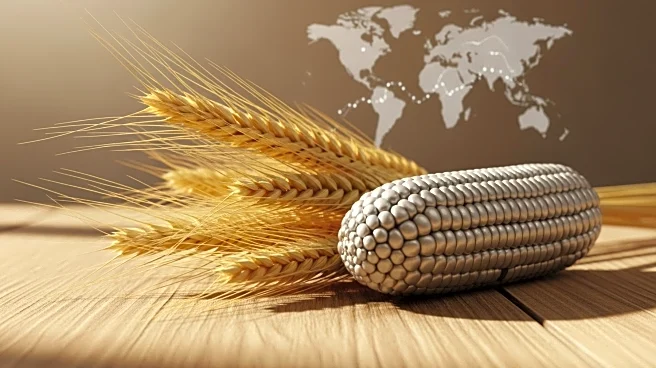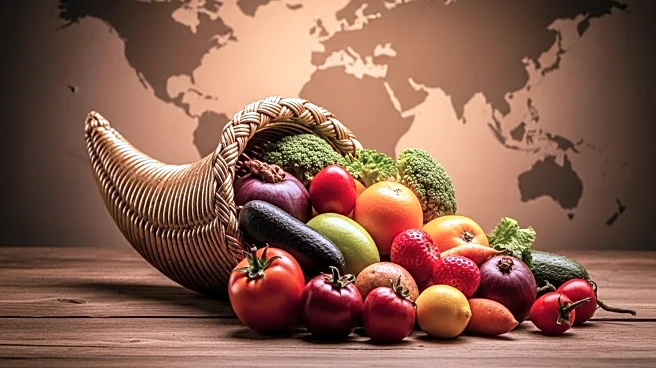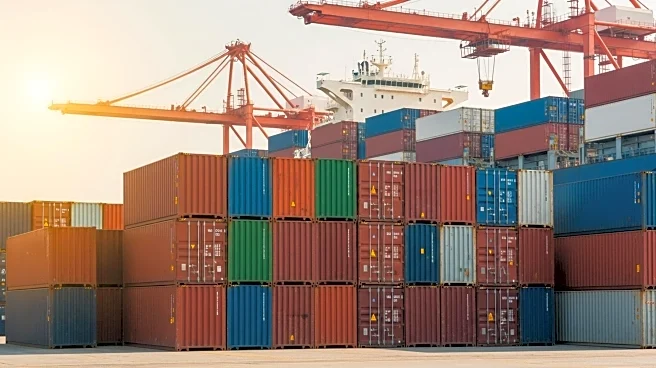What's Happening?
The U.S. agricultural trade deficit has widened significantly, reaching a record high in July. Agricultural exports lagged imports by $4.97 billion, marking a 9% increase from the previous year. This trend has pushed the sector's deficit to an unprecedented $33.6 billion for the first seven months of 2025, according to the U.S. Department of Agriculture. The deficit is driven by increased imports and reduced exportable surpluses, partly due to domestic processing for biofuel production. Additionally, President Trump's trade policies have influenced global trade dynamics, with China relying more on Brazil for agricultural supplies.
Why It's Important?
The growing agricultural trade deficit highlights challenges in U.S. trade policy and global competitiveness. The deficit impacts the agricultural sector, traditionally a strong export performer, now facing increased competition and reduced market share. This shift affects farmers and related industries, potentially leading to economic strain and job losses. The reliance on imports also raises concerns about domestic production capabilities and food security. The trade deficit reflects broader economic trends and the impact of international trade policies, influencing future policy decisions and economic strategies.
What's Next?
The U.S. Department of Agriculture projects a continued trade deficit, with exports expected to decline further in fiscal 2026. Soybean exports, particularly affected by trade tensions with China, are anticipated to drop significantly. Stakeholders in the agricultural sector may need to explore new markets and strategies to mitigate the impact of reduced exports. Policy adjustments and international negotiations could play a role in addressing trade imbalances and enhancing competitiveness.












